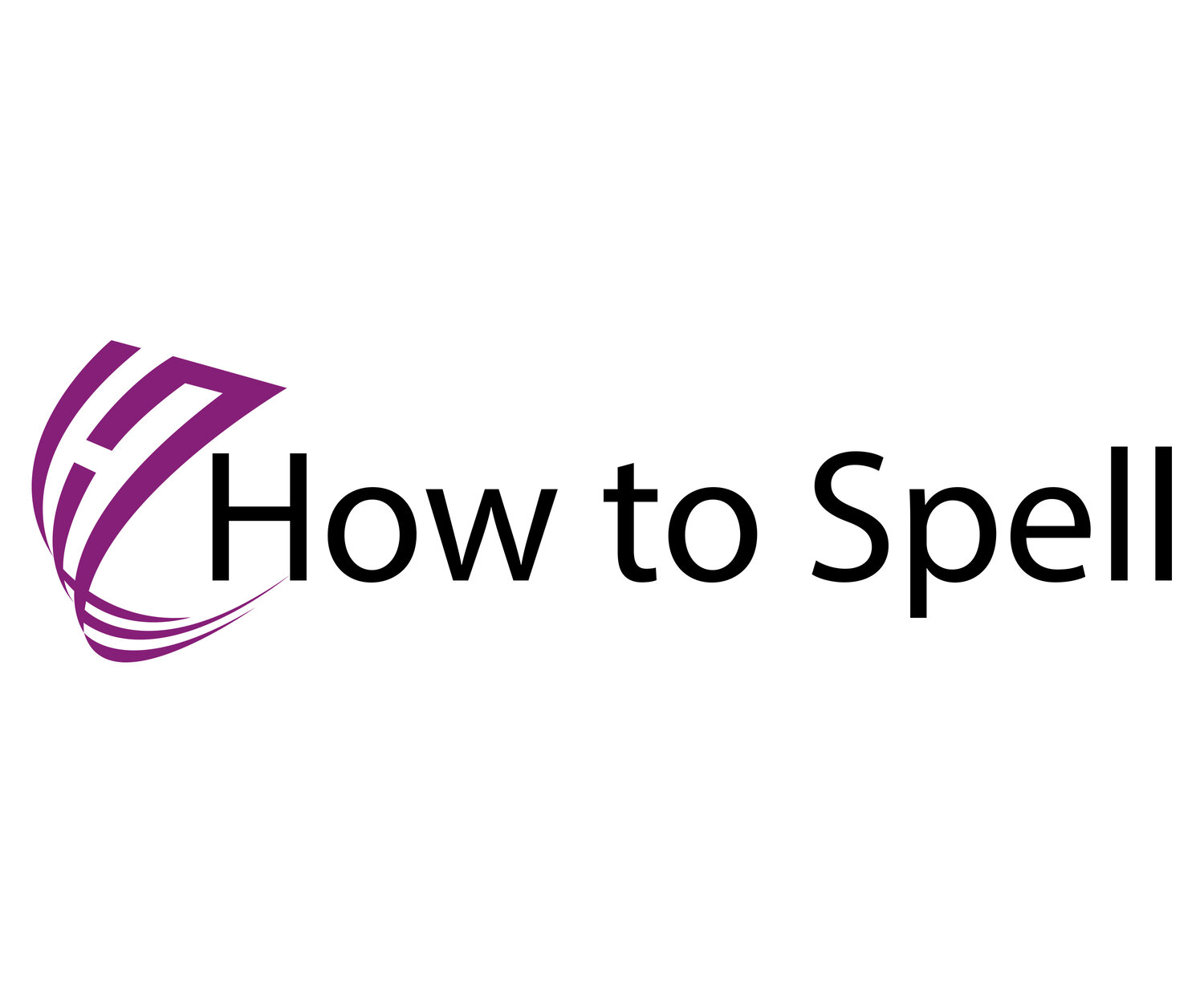How to Use Dictation in Spelling Instruction
Though it’s sometimes seen as old-fashioned, dictation can be useful in teaching early elementary students to spell.
By Joanna Marsh
Published in Edutopia website (funded by the George Lucas Educational Foundation) https://www.edutopia.org/article/how-use-dictation-spelling-instruction
Despite the fact that the word dictation has negative connotations, I’ve found that the practice itself has benefits. It promotes the learning not only of spelling in context but also of correct sentence structure and punctuation. And it doesn’t hurt that I hear whoops of excitement as I conduct my weekly dictation exercise with my students.
Dictation can be a useful practice for many grade levels and subject areas. When I first started teaching 13 years ago, I used dictation with English language learners to develop their listening and writing skills, and later I used it with teenagers during mainstream English classes. If you’re a middle or high school teacher, I’d highly recommend learning about the dictogloss activity, in which students take notes as a text is read aloud and then work in groups to reconstruct the original text.
USING DICTATION IN SPELLING INSTRUCTION
I use dictation to engage younger students in spelling instruction. Every week I give my students a focus phoneme to explore, analyze, and practice. I provide them with a list of words that contain that phoneme, color-coded to represent beginner, medium, and advanced words. They see that there are different graphemes for the target phoneme.
Either they select or I assign a few words—the number depends on the ability or age of the student—to analyze in more depth through various games and activities, segmenting their chosen words into phonemes and graphemes. For instance, we play a game in which I think of a word from the class list and students must guess it. They use a chart and ask questions about the phonemes and graphemes within the word to help them guess correctly.
At the end of the week, I conduct my dictation. Depending on the age group I’m teaching, I use different rubrics and ways to provide feedback. At the third- and fourth-grade level, I provide my students with a three-level rubric they can use to assess their work. At the first- and second-grade level, I talk the students through an easier scoring system or print out a very basic three-level rubric.
Here’s how I conduct dictation with first and second graders:
I construct three sentences. Each sentence includes three words from the list of words with the focus phoneme, and the sentences increase in spelling complexity. Each sentence also includes as many high frequency words as possible.
I read the first sentence fluently and with expression once, and then in smaller parts as many times as is necessary for all students to write it down. Once students have written the first sentence, I ask them to swap their normal pencil for a red one and get ready to correct their work. It’s important to note that I do not collect their scores—therefore, students soon learn that there’s no need to cheat as they correct their work.
I write the sentence clearly on the whiteboard and then get my red marker. I announce that students may give themselves a tick, or check mark, if they remembered the capital letter at the beginning of the sentence. (Cue the first whoops of success from students—and if they didn’t remember the capital letter this first time, it’s highly likely that they will on the next sentence.) I then ask them to give themselves a tick for the period at the end. There are occasions when the sentence will call for an exclamation or question mark, and we discuss and celebrate when students get this correct.
I then underline the three words that have our focus phoneme. Students give themselves a tick if they wrote the correct grapheme for the focus phoneme, even if they haven’t spelled the whole word correctly. For instance, I might say, “Give yourself a tick if you used a ‘kn’ in the word knock.” If you assign the words rather than letting students choose, it would be appropriate to expect that the entire word be spelled correctly rather than only the focus phoneme.
I then select a bonus word—one of our high frequency words—and students give themselves a tick if they have spelled this correctly too. For instance, I might say, “The bonus word is she—give yourself a tick if you have spelled she S-H-E.”
The students then give themselves a score out of 6 for this sentence and we move on to the next, more challenging sentence.
There’s no need for me to collect the scores from this weekly test as they do not inform my teaching of the next week’s lessons—I have a separate diagnostic and summative spelling test that I do once a term for this purpose. I see the greatest value of this lesson in the immediate feedback it provides to students in a fun and non-stressful environment.
